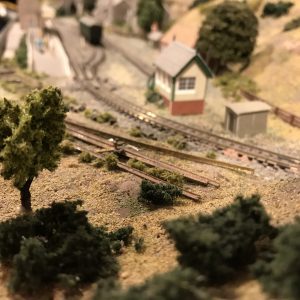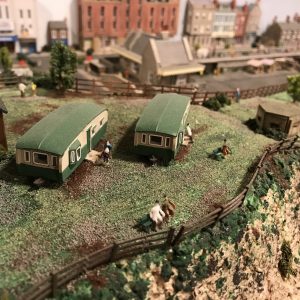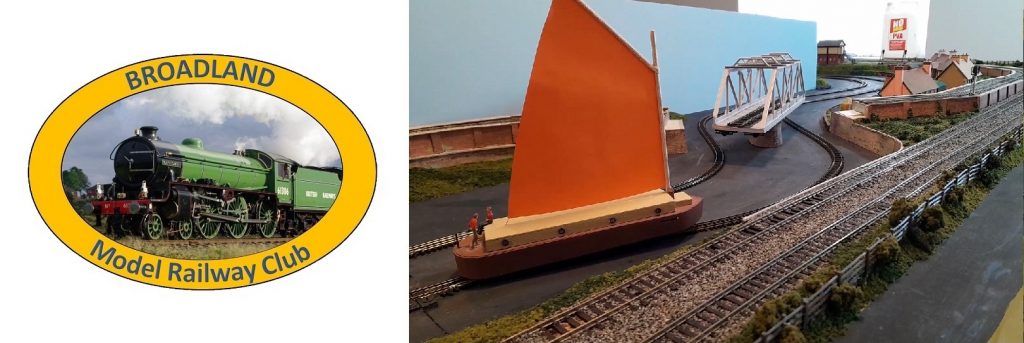This is a Club Layout built by a team of Club members




Before Herrington sand was quarried nearby and the sand was brought down to the coast on narrow gauge tracks to a small dock some evidence of which can still be seen including the ‘platform’ from where the sand was removed from the trucks and put in small cargo ships for transportation.
In time it became uneconomic to quarry the sand and the quarry fell into disuse. However at about the same time the Herring industry started and quickly developed. Quite a large railway complex was constructed and it was connected by a spur to the ‘main line’ which in fact was a branch line serving the small village of Moulcombe. Very quickly a small town grew based on the herring industry and became known as’ Herrington.’ The dock area was constructed enabling quite sizable fishing boats to be accommodated.
After the passage of many years the herring industry failed and the area went into an economic decline. Most of the track was lifted but fortunately, after some ten years or, so a small ferry port and marina was constructed here. As a result businesses moved into the area and took over many of the old fishing industry buildings. Around the same time a seaside town grew up around the town of Midicombe and the single line through Herrington was extended to a new terminus there.
In subsequent years the port has become redundant as the ferry service was terminated. This has led to a resurgence of pleasurecraft using the area.This prompted the council to reinstate the old coaching inn which had been used by the army during the war and subsequently a rest home for retired railwaymen. The whole area has taken on a new lease of life and it can be seen in the development of the coaching inn which is becoming very much used by boat users and the public at large. One can still see remnants of the railway that used to run on the quayside but this area is also very popular with day-trippers and fishermen alike.
Progress Report – April 2024
The new multi level board is progressing well though some problems were experienced with dimensional stability and squareness. We found that the floor is less level than we expected ! The watermill has been made and it’s position established as is the station platform. The canal outline is now firmly fixed as is the basin. The steep sides of the valley have been formed with plywood awaiting the addition of scenic formations. The next step will be the start of track laying when this is completed we will move on to giving the layout the full scenic treatment. This will involve some adaptation to the previous board so as they look a continuation from one board to the other.
It is our hope that the board will be in a condition to be shown later in the year. It is an ambitious project but the end result we hope will be outstanding.
exibition requirements
| Layout Size | 14′ x 2′ |
| Operating space | 14′ x 5′ |
| Number of operators | Three |
| Number of cars to transport | Two |
| Maximum distance for travel | 60 Miles from Aylsham |
| Tables & chairs required | 1 table two chairs |
